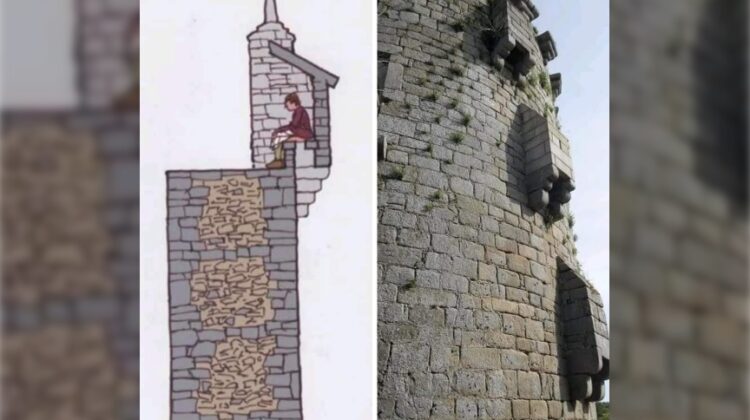
In the annals of human history, certain inventions stand out as catalysts of progress and comfort. Among them, the modern flushable toilet takes its place as an innovation that revolutionized sanitation and reshaped our daily lives. However, this journey from primitive facilities to the convenience we know today was not a swift one, spanning centuries and bearing witness to curious twists of fate.

The year was 1596 when Sir John Harrington, an inventive mind of his time, unveiled his groundbreaking creation – the first modern flushable toilet. This ingenious contraption, a gift to his godmother Queen Elizabeth I, incorporated a water tank and a flush valve. Yet, despite its novelty, the flush toilet would bide its time, lying dormant for another 250 years before stepping into the limelight.

The medieval landscape of Europe offered a far less refined experience for those in need of relief. In an era where cleanliness was a luxury rather than a norm, toilets ranged from rudimentary holes in the ground to communal outhouses and humble chamber pots.

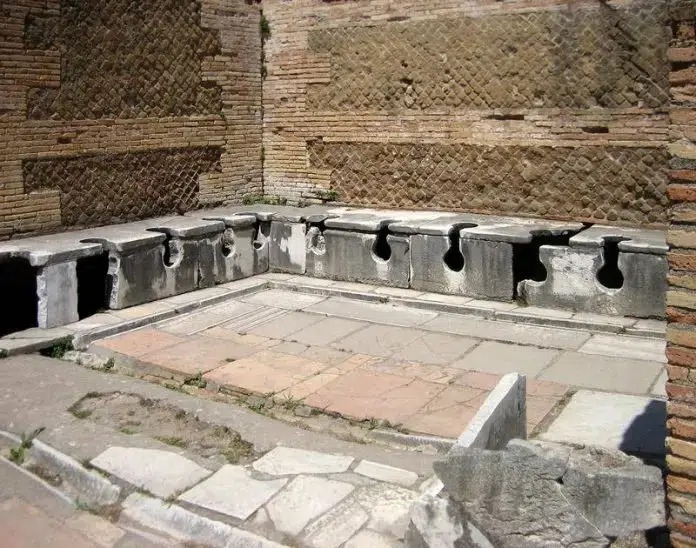
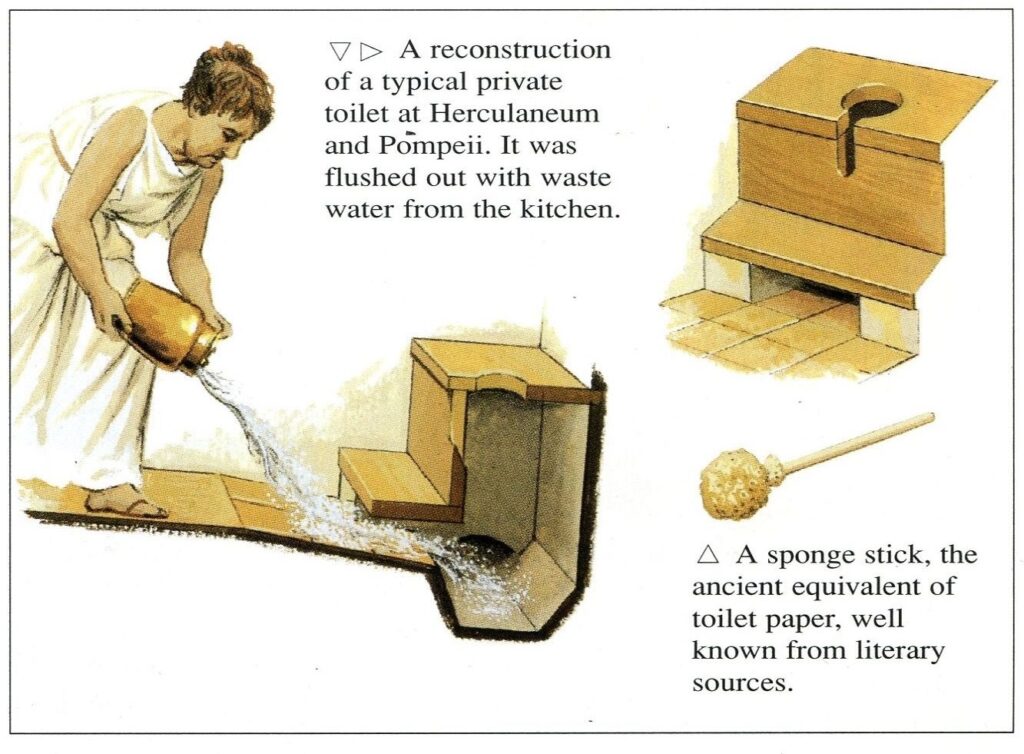
For the fortunate few born into privilege and affluence, a semblance of sophistication awaited. The “garderobe,” a term derived from the French word for “wardrobe,” beckoned as an alternative. Nestled within the walls of medieval castles, these intimate chambers offered a modicum of privacy. A vertical shaft connected to the toilet extended downward, providing a conduit for waste disposal.
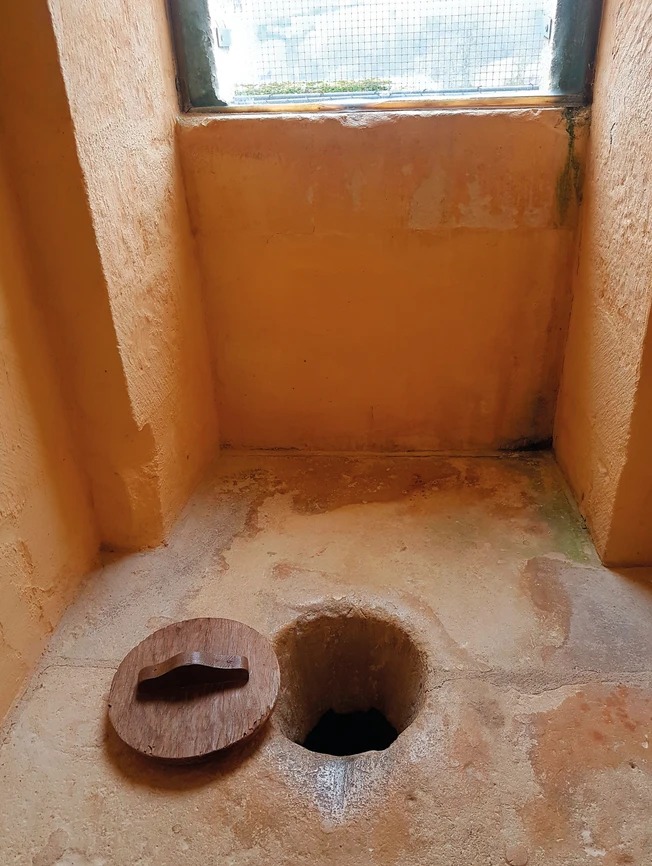
The duty of maintaining these facilities often fell upon the shoulders of low-ranking soldiers or devoted servants. With diligence, they would ferry buckets of water to initiate the flushing process, guiding waste down the vertical chute. Interestingly, the origins of the term “garderobe” reflect its dual purpose – “guarding one’s robes.” This name harkens back to a practice where clothing was suspended within the shaft, capitalizing on the ammonia content in urine to repel fleas.

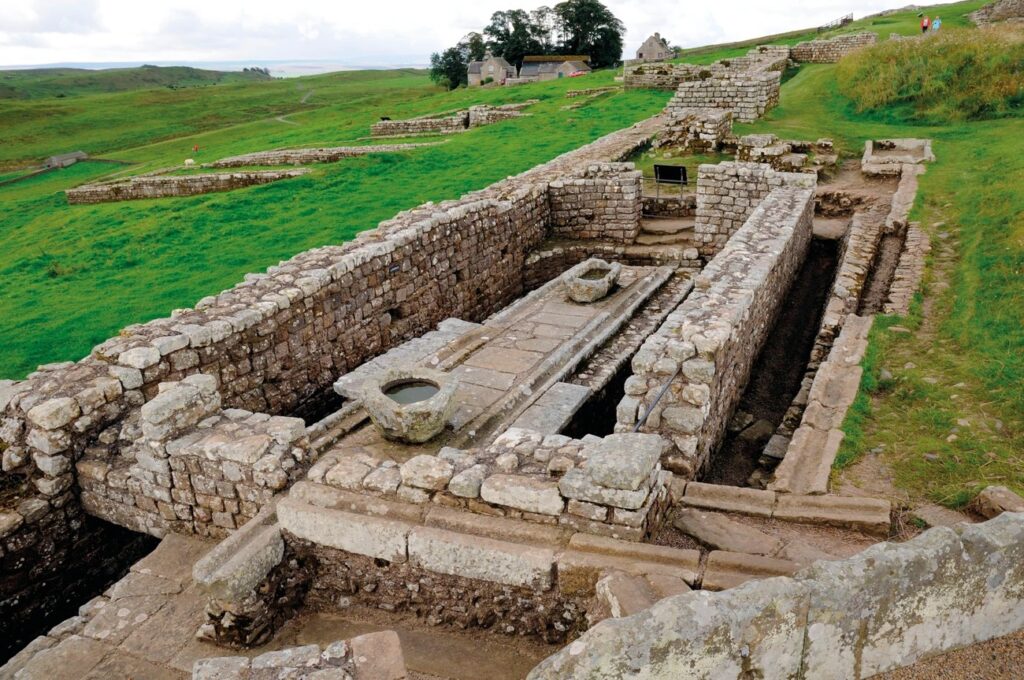
Amidst the backdrop of castle intrigue and modest luxury, unforeseen tales of daring unfold. Stories of knights attempting stealthy incursions through the very conduits meant for waste disposal highlight the ingenious lengths to which one would go in the pursuit of advantage.
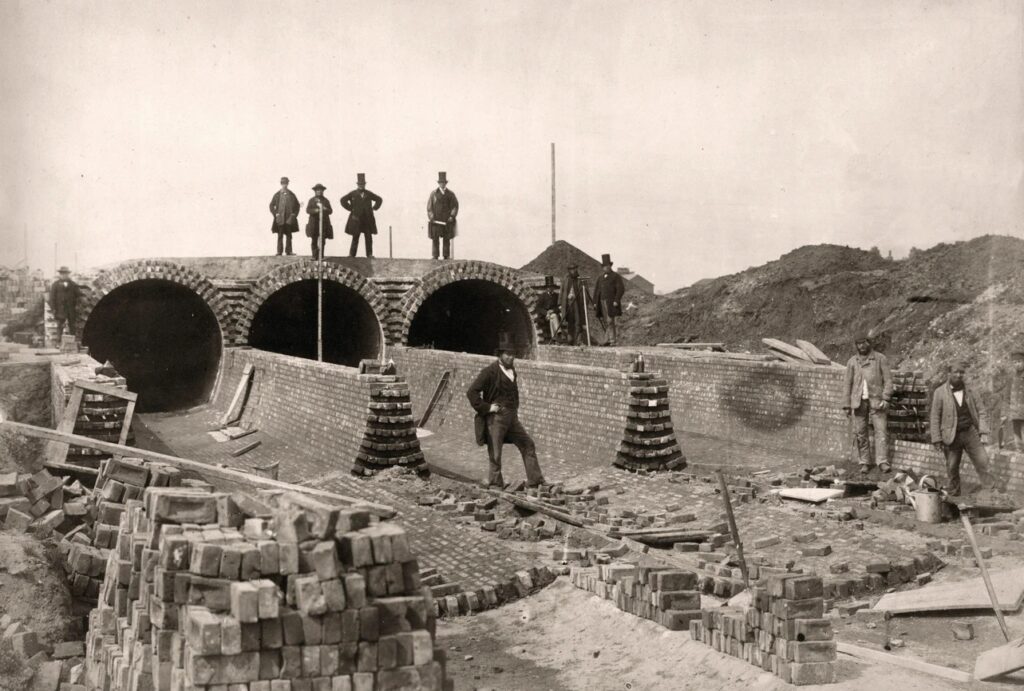
Throughout the pages of history, a select few have met their unexpected fate while seated upon the throne of necessity. Notable among these incidents is the passing of King Edmund II of England in 1016, Jaromír Duke of Bohemia in 1035, Godfrey IV Duke of Lower Lorraine circa 1076, Wenceslaus III of Bohemia in 1306, and Uesugi Kenshin in 1578. These curious occurrences stand as a testament to the unpredictability of life and a reminder that even in moments of vulnerability, the tide of destiny spares no one.
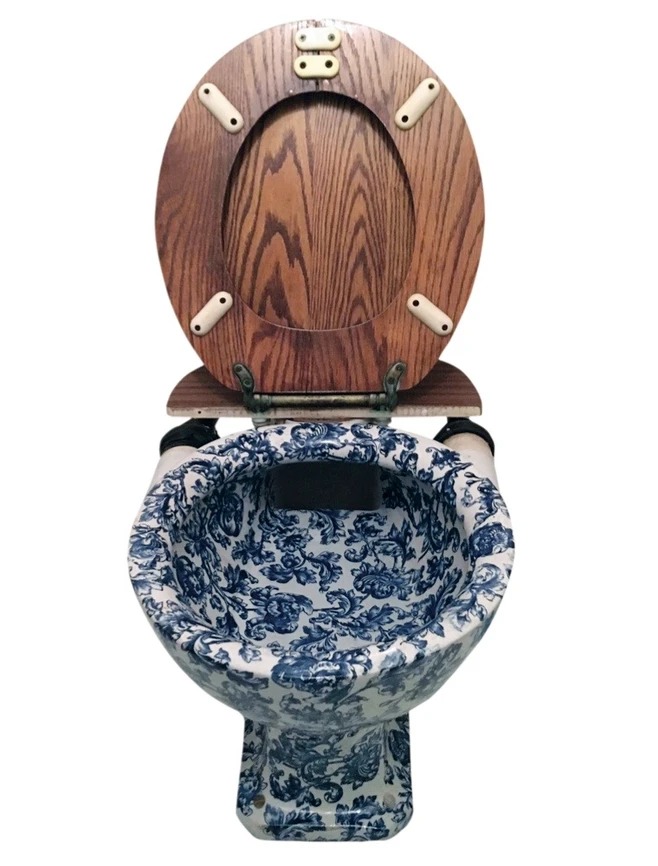
As we reflect on the evolution of toilets from humble beginnings to the marvels of modern engineering, we are reminded of the complex interplay between innovation, necessity, and societal norms. The flushable toilet, a symbol of our relentless pursuit of comfort and cleanliness, continues to serve as a cornerstone of modern living. Yet, let us not forget the tales of castles and knights, of privy chambers and corridors, that weave together the fascinating narrative of human ingenuity and the quest for convenience.

Leave a Reply